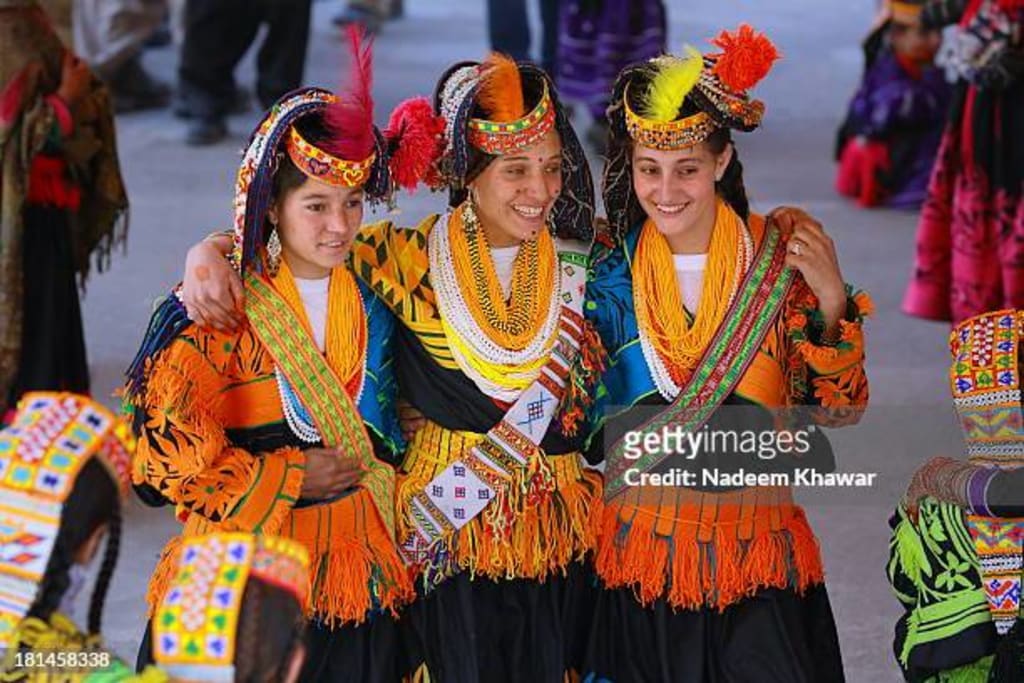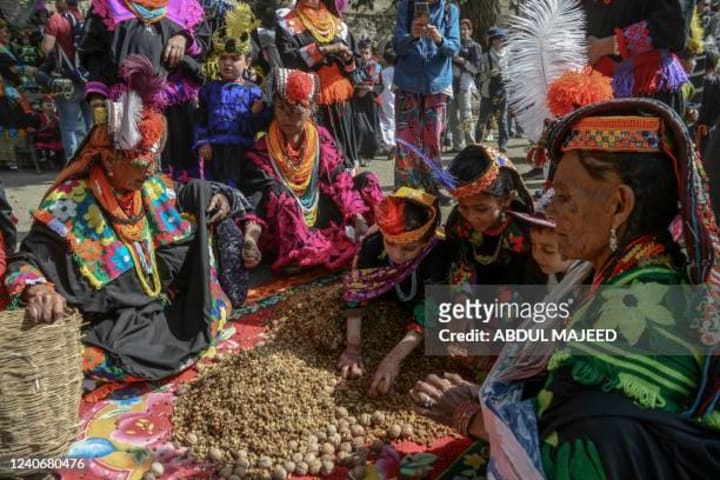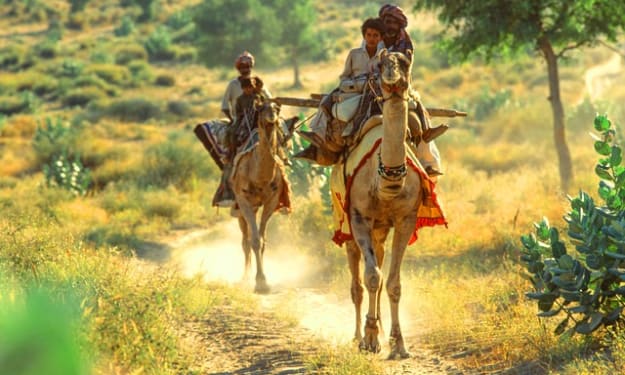
The Kelash are believed to have inhabited the Chittagong Hill Tracts for many centuries. However, their origins and early history are not well documented. Like other hill tribes in the region, the Kelash practiced shifting cultivation and lived in small, scattered villages in the forested hills. Their culture and way of life were closely tied to the natural environment.
The Kelash had their system of beliefs before the arrival of outside religions. They worshipped nature deities and spirits. Shamans played an important religious role in Kelash society. Even after the spread of Buddhism and Hinduism in later centuries, many traditional animistic beliefs were retained alongside the new faiths.
The Kelash developed their own unique culture and traditions over the centuries of living in isolation in the hills. Their wooden homes, woven bamboo crafts, and colorful clothing reflected their close bond with the forest environment. Music, dance, and oral storytelling were an important part of Kelash culture for passing down their history and traditions between generations.
Traditional Kelash communities are matrilineal, with inheritance and family names passed down through the female line. Women play an important social and economic role within the society. Male and female dress also differs significantly. Men wear loose-fitting trousers called shalwar along with knee-length shirts. For special occasions, they may don a waistcoat or vest over the shirt. Women's traditional attire consists of a long colorful dress called a kurti along with a shawl. Married women cover their heads with scarves. Both sexes enjoy wearing elaborate bead necklaces and headdresses decorated with coins, feathers, and shells.
The Kelash celebrate a variety of festivals throughout the year connected to agriculture and their ancestral beliefs. One of the major festivals is Chilam Joshi, which takes place in winter to mark the end of harvest season. It involves communal dancing, singing, storytelling, and sacrificing animals. In spring, they hold a fertility festival called Uchau to welcome the new growing season. During the summer months of July and August, they celebrate Tsamabat to honor their gods through rituals at sacred shrines in the mountains. In the fall, they have a Thanksgiving festival called Dizaki which involves feasting, music, and sports competitions between villages.
Overall, despite facing threats to their language and way of life, the Kelash have maintained a strong sense of community and cultural pride as a distinct ethnic group with their rich heritage in the Chittagong Hill Tracts. Continuing to pass down their traditions to new generations will be key to preserving Kelash's identity in the future.
Kelash society is patrilineal, where inheritance and family name are passed down through the male line. Marriages are usually arranged between families. Young couples traditionally live with or near the groom's family after marriage in a patrilocal residence pattern.
The extended family is the basic social unit in Kelash culture. Elder relatives command great respect. Family ties and obligations to the community are strongly valued. Divorce is uncommon, though not prohibited. Polygyny, or having multiple wives, was traditionally accepted but is now rare due to economic changes.
Today, the majority of Kelash are followers of Theravada Buddhism, which was introduced to the region from Myanmar centuries ago. However, elements of the older animistic beliefs still influence aspects of Kelash culture and rituals. Some Kelash also follow Hinduism, which arrived later through Bengali cultural influences.
Religious ceremonies often incorporate traditional rituals alongside Buddhist or Hindu practices. Shamans still play a role during important life events or times of illness. Sacred groves and natural sites in the forest hold religious significance for the Kelash people. Maintaining harmony with the natural world remains an important part of their spiritual worldview.







Comments
There are no comments for this story
Be the first to respond and start the conversation.